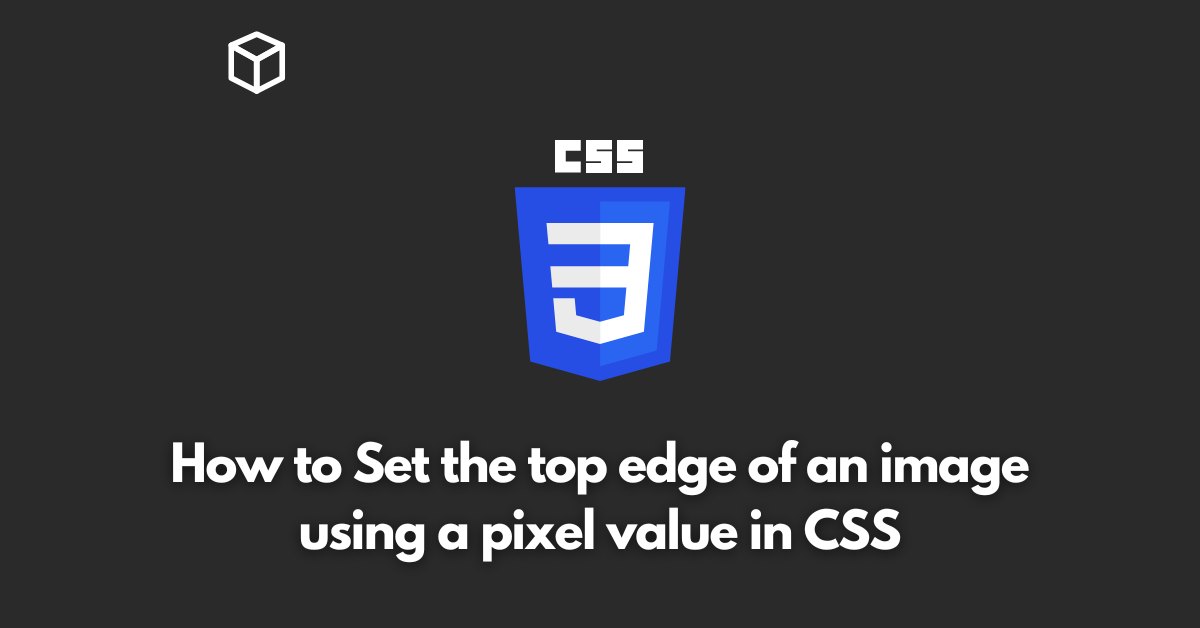CSS, or Cascading Style Sheets, is a powerful tool for controlling the look and layout of web pages.
One of the many things you can do with CSS is to position elements on a page, including images.
In this CSS tutorial, we’ll look at how to set the top edge of an image using a pixel value in CSS.
Understanding the CSS Position Property
Before we can set the top edge of an image, we need to understand the CSS position property.
The position property is used to specify the type of positioning used for an element.
There are four possible values:
- static: The default value. Elements are positioned according to the normal flow of the document.
- relative: Elements are positioned relative to their normal position in the document.
- absolute: Elements are positioned relative to the nearest positioned ancestor element, but not the document itself.
- fixed: Elements are positioned relative to the browser window, and do not move when the page is scrolled.
To position an element, we need to set its position property to either relative, absolute, or fixed.
Setting the Top Edge of an Image
Once we’ve set the position property of an image, we can use the top property to set its top edge.
The top property is used to specify the distance between the top edge of an element and the top edge of its containing block.
To set the top edge of an image using a pixel value, we can use the following CSS:
img {
position: relative;
top: 50px;
}This will move the image 50 pixels down from its normal position in the document.
Conclusion
Setting the top edge of an image using a pixel value in CSS is a simple task that can greatly enhance the design and layout of a web page.
By understanding the CSS position property and how to use the top property, you can position elements on a page with precision and control.
With a little creativity and experimentation, you can create professional-looking web pages that are sure to impress your visitors.





